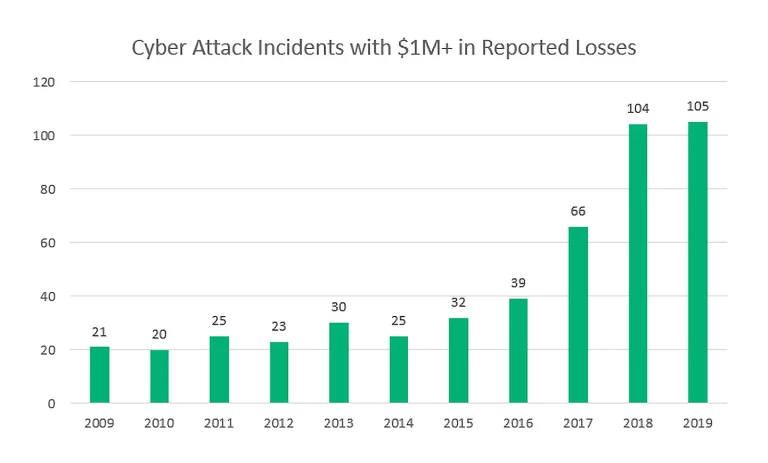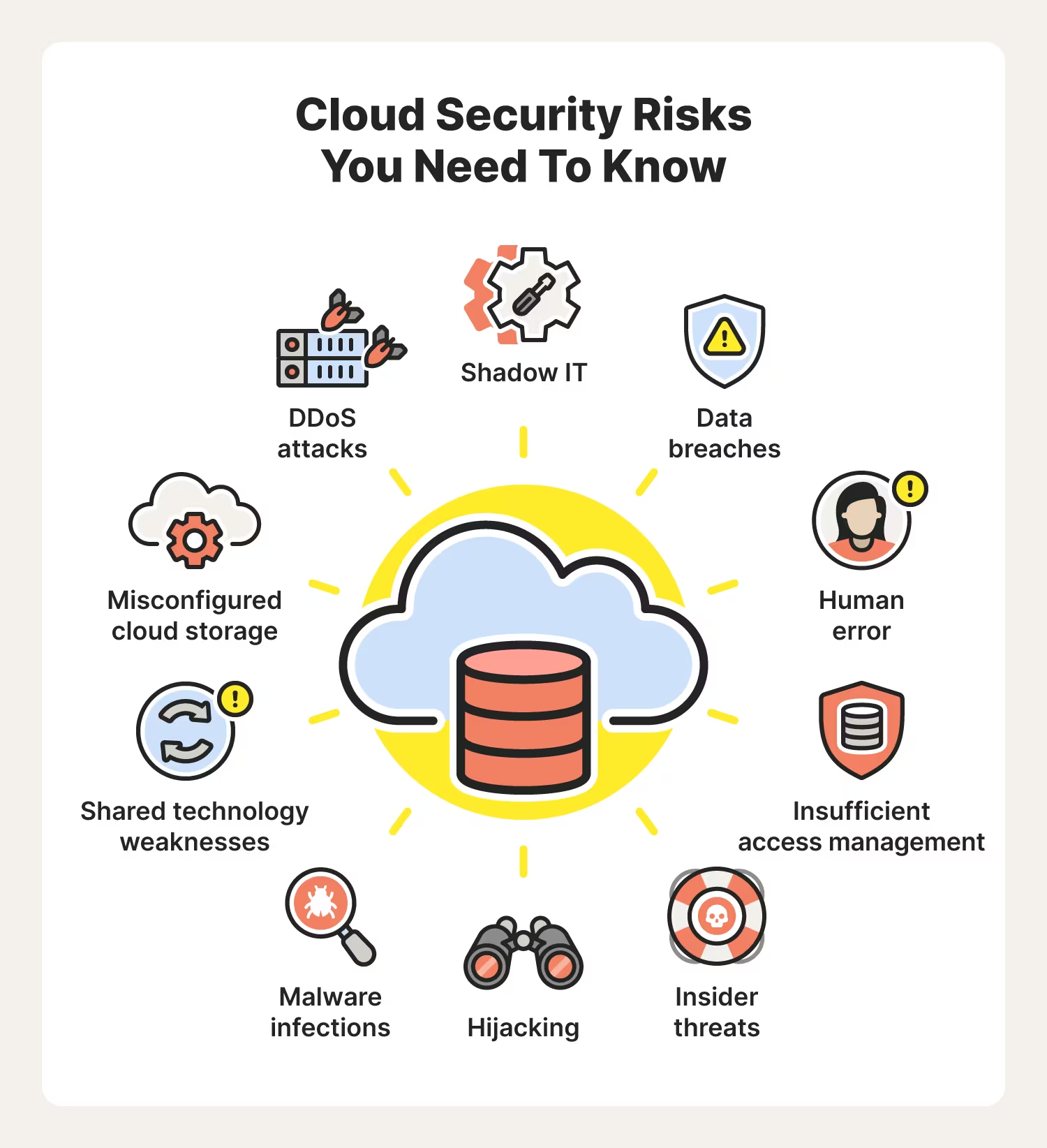A carefully devised bring-your-own-device (BYOD) policy is essential to preventing IT-related policy and security violations in your company. When a business allows employees to use their own devices (smartphones, laptops, tablets, etc) for work purposes, this can entail certain risks that need to be accounted for, prevented, and minimized. A strong BYOD policy can help with all that.
But what goes into formulating and implementing effective BYOD policies? And what happens when conditions and risks change? It’s important not to disregard best practices, as continuing to do so could threaten the overall security of your company.
Clearly Define Your BYOD Policies
Firstly, you need to make your BYOD policies understandable for all your employees. There should be clear instructions on the dos and don’ts, relating to aspects such as:
- The number of devices
- Technical features
- Device compatibility
- IT controls enabled for each device
If there’s any ambiguity in your BYOD policies, this will increase the risk of a cyber attack.
Educate Employees About BYOD Policies
Even if you have clearly defined BYOD policies, employees may not strictly adhere to them if they are not properly communicated, with the consequences of their violations spelled out. Say, for example, you implement multi-factor authentication (MFA) as part of your BYOD policy. If an employee doesn’t understand the importance of MFA in preventing malicious hacks, then he or she may not follow it well enough.
Organizations should make employees aware of the applications they can and cannot use, as well as provide an in-depth understanding of the security risks and penalties they may face if they don’t follow these policies.
Mandate Data Encryption
Encrypting data should be a mandatory practice. Ideally, you should use military-grade encryption algorithms like AES-256. Using highly secure encryption ensures that even if a device is lost or stolen, a threat actor won’t be able to decipher the encrypted data.
Ensure Secure Network Connectivity
If employees connect to their network or public WiFi, it is possible for a hacker to eavesdrop on the business activity, which may result in a data breach. If employees get used to carrying out work tasks on their smartphones while using public WiFi, this could put the whole company at risk, especially when accessing systems like the company’s cloud server.
Encourage employees to connect only to secure networks, not only when they’re in the office but also when they’re traveling or working remotely. They should always connect to a VPN for added security.
Classify Personal Data
Employees may be apprehensive about using their devices for work if they are concerned about their privacy. After all, people’s devices often contain lots of personal files, data, or information. This is why businesses need to clearly segregate personal data and corporate data. IT controls should be enabled on information and applications that are work-related while ensuring the absolute privacy of employees’ personal data.
Implement Real-Time Device Monitoring
This is one of the most important BYOD policies you should adopt. With increasing numbers of employees bringing their devices to work, even with the best BYOD policies, there can still be a security breach if the cybersecurity team cannot closely monitor each device manually.
Real-time device monitoring systems such as Enterprise Mobility Management (EMM) offer useful capabilities like:
- Single Sign-On to mobile applications
- Automatic installation/uninstallation of applications
- Controlling the corporate data
- Wiping out the data when employees leave the organization
Have Solutions for Lost or Stolen Devices
In the event that a device is lost or stolen, you need the right protocols in place to ensure that sensitive data can’t be compromised. First, make sure that all employees who lose their devices or have them stolen report so to the IT department. Your IT department should then be ready with necessary actions such as:
- Remote device locking
- Data wiping
- Password wiping
- Reset
- Auto-wipe enabled for certain critical applications
BYOD policies should, of course, clearly describe the protocols for lost or stolen devices, so that both the employee who lost the phone and the cybersecurity team can act immediately and effectively.
Don’t Have a BYOD Policy
Given the risks associated with staff using their own devices for work, such as the impact of just one unencrypted login, it’s understandable to not implement a BYOD policy at all. Many companies have achieved success by providing their staff with company computers and mobile devices.
Yes, BYOD policies can save businesses money ($350 per year, per employee). The more employees you have, the greater your short-term savings will be. However, these savings could become irrelevant in the case of a data breach or lawsuit following a violation of BYOD policies.
It’s easy to let employees use their own devices for work, but they are also perfectly capable of learning to use company tools, with the right training in place. If you are aiming for optimal security, then this additional training may be worth it. Allowing employees to mix their professional life with their personal life can lead to complications you might prefer to avoid entirely.
Whether rethinking your BYOD policies leads to changing those policies or removing the allowance of personal devices altogether, it’s crucial to weigh up the benefits and risks involved. And of course, if you decide to keep BYOD policies, these need to be carefully planned and informed by a comprehensive understanding of cybersecurity best practices.
Cyberlocke is a comprehensive, full-service IT services provider that architects and implements efficient and secure solutions for enterprise customers and their data centers. We specialize in security, cloud, managed services, and infrastructure consulting. Contact Us today to learn more.


